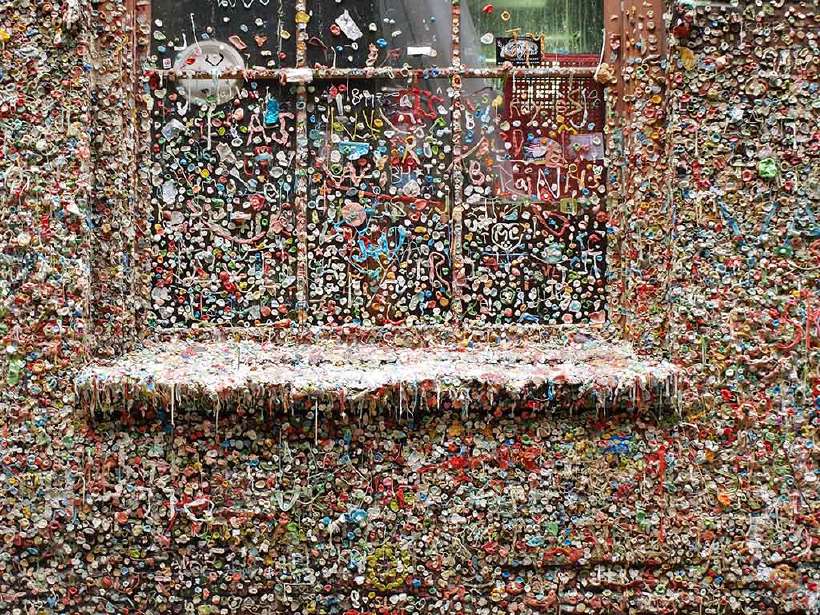The Hows and Whys of Bubble Gum
Home / Science for Kids / 5Ws & H For Kids / The Hows and Whys of Bubble Gum
Chew this question: What is small and pink, tastes sweet, can be chewed for hours without it dissolving, yet is not to be swallowed? Some doctors feel that it helps to relieve stress. Others think it is good for the teeth. Americans are constantly rolling it about in their mouth and the US army gives it as part of field rations. No guesses for the correct answer. Yes, it is chewing gum or bubble gum as it is often called because you can blow large bubbles that go ‘pop’!
Ancient Greeks in 50 A.D. chewed resin, similar to gum, taken from the bark of the mastic tree. Thousands of years ago, the Mayans of Mexico chewed a substance called chicle, a rubbery substance, extracted from the sapodilla tree that grows mainly in Central America. European settlers quickly learnt the art of chewing the sap of the spruce tree from the Native Americans.
From sap they chewed on to sweetened paraffin wax, which often broke up into tiny pieces. But it was the famous Mexican general Santa Anna who introduced chicle to the Americans. When he settled in New York in 1869 he introduced the chewy chicle to Thomas Adams, a local chemist.
Adams tried to make chicle into rubber but he didn’t succeed. In 1870, Adams introduced “Black Jack”, the first manufactured flavoured gum that is still sold today. Chicle, like rubber bands, doesn’t dissolve when you chew on it. Instead, it gets softer the more it is chewed in the warmth of your mouth.
In the late 1880s, two brothers, Frank and Henry Fleer, entered the chewing gum business. Henry covered chicle with a white candy coating and developed what is known now as Chiclets. Meanwhile, in 1906, Frank developed a sticky gum that he called Blibber-Blubber bubble gum.

The Blibber-Blubber gum failed as it was too sticky and in 1928, Walter Diemer, an accountant for Fleer invented the modern bubble gum. Bubble gums consist of sugar, corn syrup, softeners, flavouring and latex to make it stretch.
The first bubble gum was pink in colour as it was the only colour available. He called it the Dubble Bubble gum and the name stuck to it like gum. Though bubble gums come in all colours, pink is still the most popular color sold today.
Until the 1940s, chewing gum was still made of chicle. But soon chemists learned to make artificial gum and replaced chicle. These gum bases are essentially synthetic rubbers that resemble chicle. They are both natural and artificially made, and mixed with sugar and other flavourings to make chewing gum. The flavouring is released in the mouth as you chew the gum.
Parents normally worry that the gum will stick to the stomach if swallowed and cause digestive problems. Or that the child may choke as the gum may stick to the windpipe!
Although chewing gum sticks easily to hair, shoe soles and is commonly stuck to the bottom of theatre seats, the gum cannot stick to the moist inner lining of the stomach or intestines. It passes right through without a problem. Yes, it does take a while for it to come out, but it certainly comes out!
Most people are not aware that chewing gum is a fibre like the skins of fruit and vegetables, but they chew it nonetheless.
If ever you have the misfortune to get gum stuck in your hair or shoes, rubbing it with peanut butter will help remove it. To remove gum from your shirt or pant, apply an ice cube so it hardens and then chip it off. But if you insist on blowing huge bubbles to set a record, be prepared to have some gum sticking to your face as it pops!
653 words |
6 minutes
Readability:
Grade 6 (11-12 year old children)
Based on Flesch–Kincaid readability scores
Filed under: 5ws and h
Tags: #americans, #sugar, #rubber
You may also be interested in these:
The End of Living – The Beginning of Survival
All the Presidential Men
Why do Beavers Build Dams?
A Surprise On Christmas
The Truth about Eels